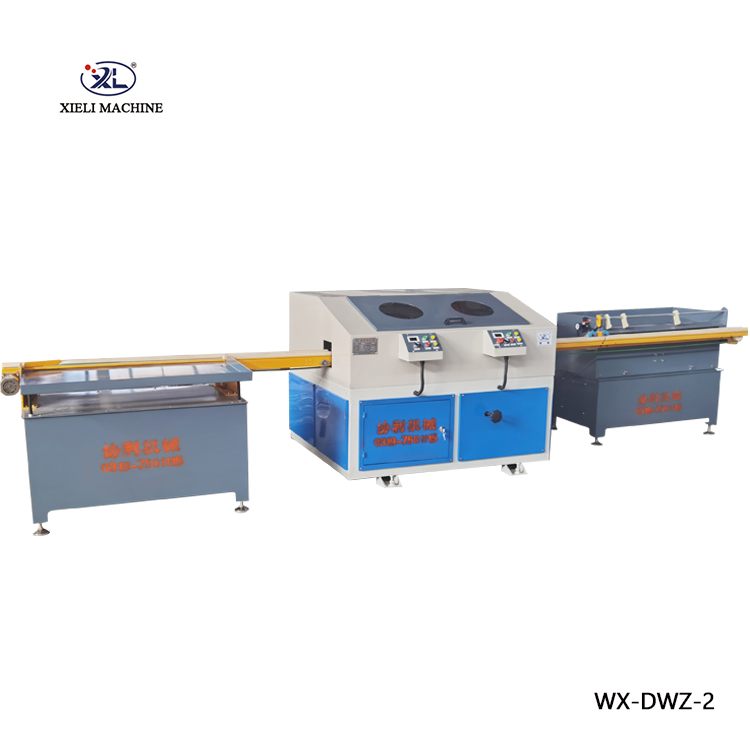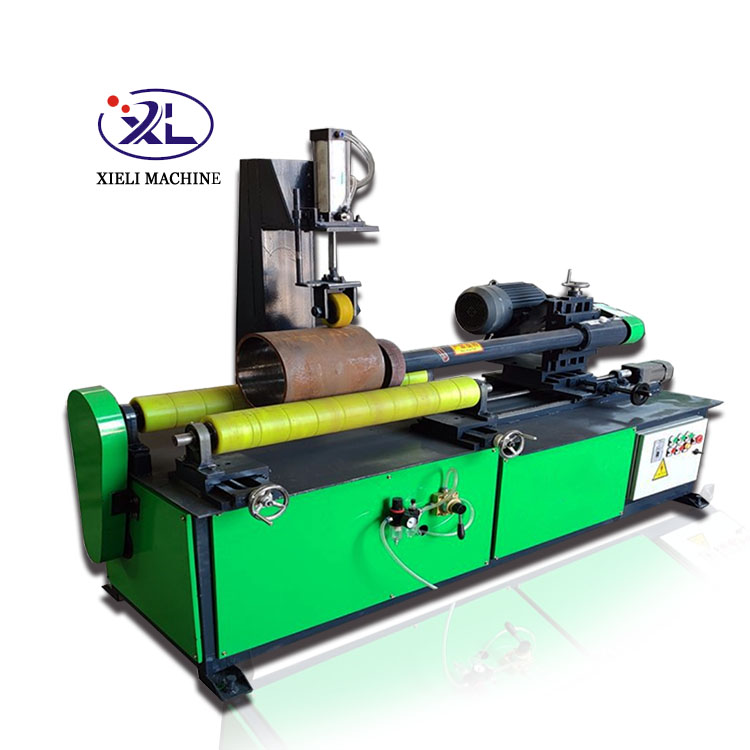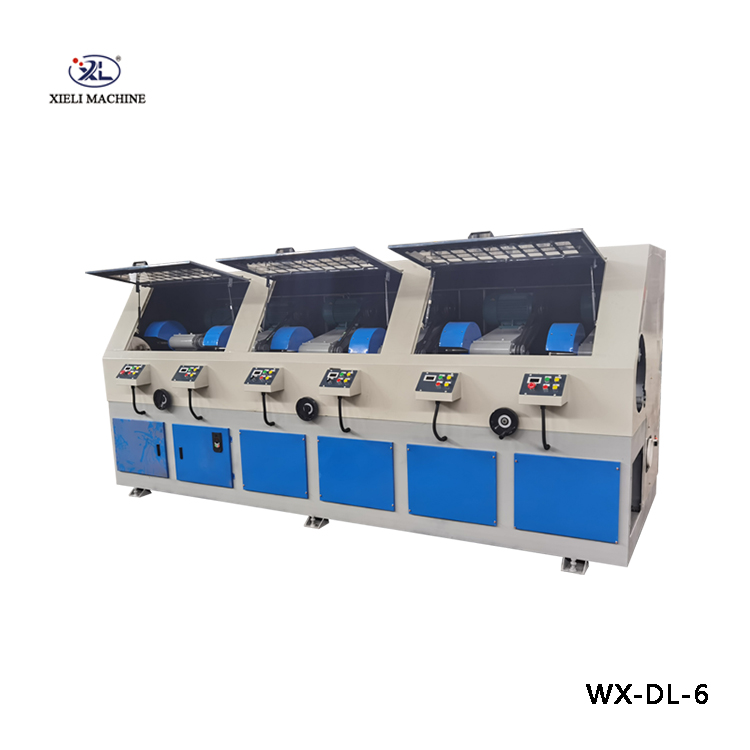Centerless Cylindrical Grinding Machines An Overview
Centerless cylindrical grinding is a highly effective and efficient method of machining that excels in producing cylindrical parts with high precision and minimal friction. Unlike traditional cylindrical grinding, where the workpiece is supported by centers, centerless grinding employs a different setup that allows for continuous feeding of workpieces, making it ideal for high-volume production.
The Basics of Centerless Grinding
In a centerless grinding machine, the workpiece is held between two wheels the grinding wheel and the regulating wheel. The grinding wheel, which is responsible for cutting, is positioned at a slight angle to the axis of the workpiece. This design allows for simultaneous grinding and holding of the part without the need for internal or external centers.
The regulating wheel is located behind the grinding wheel and is responsible for controlling the rotational speed of the workpiece. By adjusting the position of the regulating wheel, operators can control the amount of material removed from the workpiece, allowing for precise control over the final dimensions.
Advantages of Centerless Grinding
The centerless grinding process has several advantages over traditional grinding methods
1. High Productivity Since multiple parts can be fed into the machine continuously, centerless grinding is capable of achieving higher production rates compared to conventional grinding methods. This is particularly beneficial in manufacturing industries where large quantities of parts are required.
2. Reduced Setup Times Centerless machines are often easier to set up and require less time for adjustment. This efficiency is crucial in environments where production schedules are tight, enabling manufacturers to respond quickly to changing demands.
3. Enhanced Precision Centerless grinding allows for a high degree of precision and consistency in the dimensions of the finished part. By tightly controlling the grinding process, manufacturers can achieve tolerances in the micrometer range, which is essential for applications in aerospace, automotive, and medical industries.
centerless cylindrical grinding machine

4. Versatile Applications This grinding method can be used on a wide array of materials, including metals, plastics, and composites. Its versatility makes it suitable for a variety of applications, from automotive components to intricate surgical tools.
Types of Centerless Grinding Machines
There are two primary types of centerless grinding machines external and internal.
1. External Centerless Grinders Designed primarily for grinding the external surfaces of workpieces, these machines can handle a wide range of materials and part geometries. They typically have a fixed grinding wheel and a movable regulating wheel to accommodate various sizes.
2. Internal Centerless Grinders These machines focus on grinding internal diameters. They utilize a similar principle as external grinders but are equipped with specialized tooling to address the unique challenges of internal surfaces.
Challenges in Centerless Grinding
While centerless grinding offers numerous benefits, it also presents some challenges. Material handling is crucial; if not done correctly, parts may become misaligned, leading to inconsistencies in the finished product. Additionally, wheel wear must be monitored closely, as worn wheels can degrade grinding quality. Regular maintenance and monitoring are essential to ensure consistent and reliable operation.
Conclusion
In conclusion, centerless cylindrical grinding machines represent a vital technology in modern manufacturing. Their ability to deliver high precision, enhanced productivity, and versatility in application makes them an invaluable asset in industries that demand precision and efficiency. As technology continues to advance, the capabilities and applications of centerless grinding will likely expand, further solidifying its importance in the manufacturing landscape.





